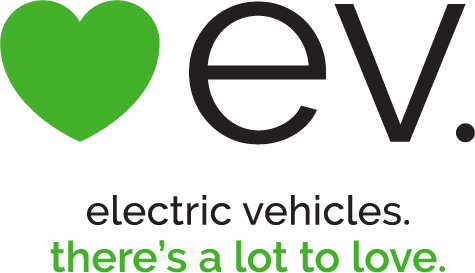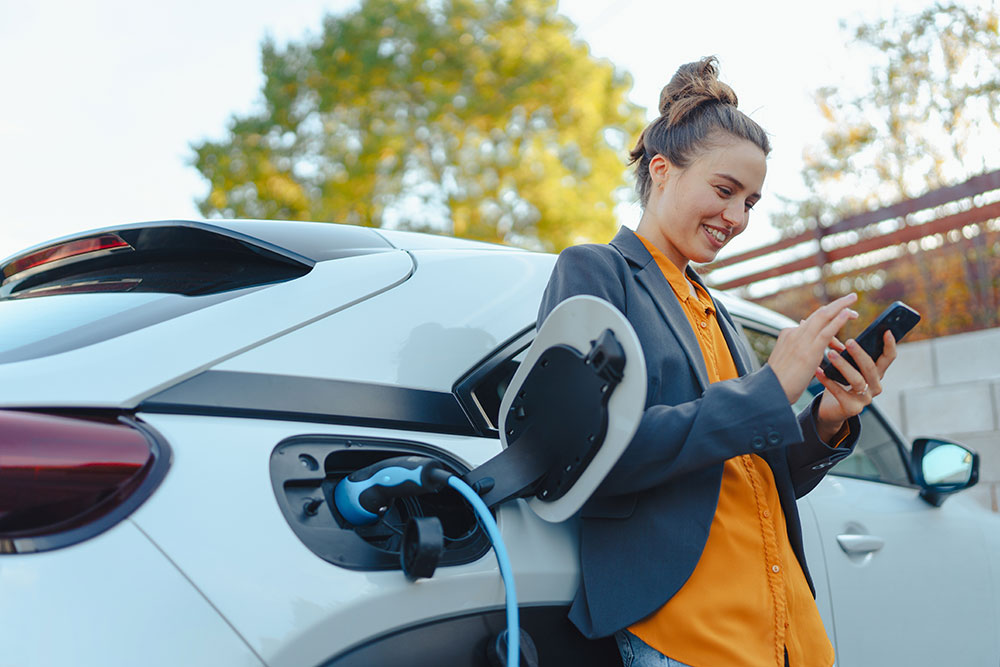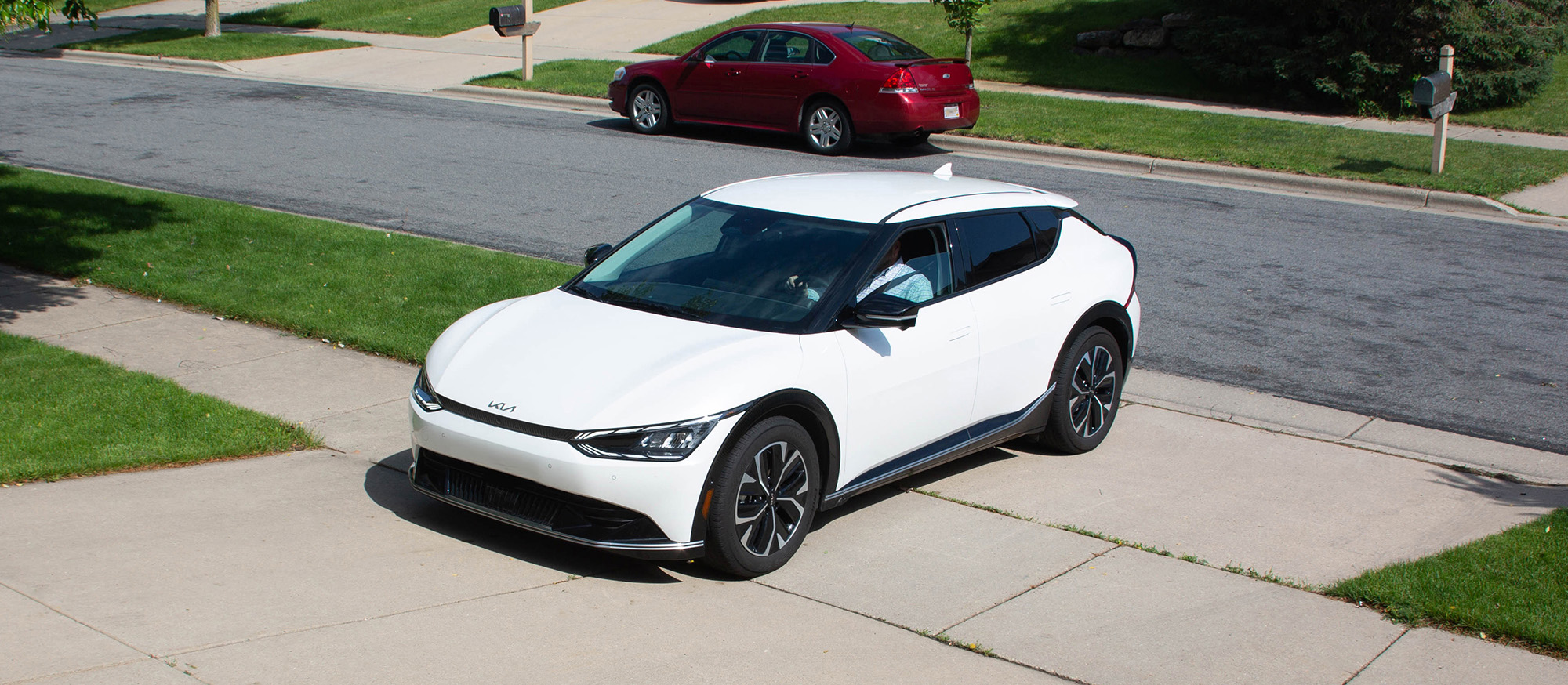EV Basics

See why there's a lot to love about electric vehicles!
Lower fuel costs. You can drive an electric vehicle (EV) for about half the cost of a gasoline-fueled vehicle.
Driving distance. Most all-electric vehicles can go more than 250 miles on a full charge, and many have ranges of 300 miles or more. Plug-in hybrid vehicles use battery power until it's depleted, and then switch seamlessly to gasoline fuel.
Less maintenance. EVs cost less to maintain because they have fewer moving parts. They don't require oil changes, and the brakes last longer.
Clean. EVs emit zero tailpipe emissions. And, when you charge using MGE's public charging network, you're "fueling up" using 100% clean energy.
Quick. EVs benefit from instant torque. When you accelerate, you get power to the wheels quickly.
Easy to get comfortable. Use your phone to send commands to precondition the temperature of your car. When you're ready to drive, your car will be ready for you.
Saves time. No or fewer trips to the gas station—charging at home is so convenient!
No car? No problem. Bikes, buses and ride-sharing programs are starting to go electric, too!
Shopping for a new ride?
Compare vehicles, research costs and estimate potential fuel savings with resources from the U.S. Department of Energy.
Start exploring opens in a new window


